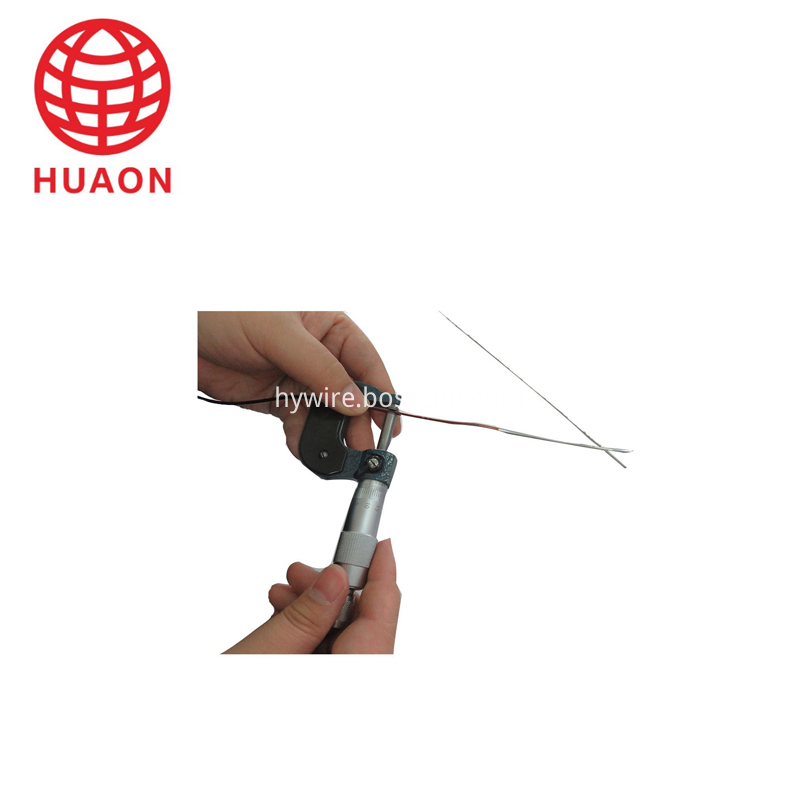Talking about China LED Patent Ways to Encourage Transfer to Implementation and Authorization
Liang Bingwen, a researcher at the Institute of Nanotechnology and Nano Simulation of the Chinese Academy of Sciences, said that the main problems we face are:
1. The ecological environment of intellectual property is bad, mainly because the cost of infringement and plagiarism is too low. Therefore, companies that have invested heavily in technological innovation and do a good job have not received benefits and benefits. Paying attention to innovation and paying attention to intellectual property rights has only become a kind of argument to some extent. The infringing company is very moist, and the plagiarism has become a "cottage", and there is a market. This kind of ecological environment is difficult for the seedlings of technological innovation to thrive.
2. LED lighting market promotion is in full swing. Early-stage companies, especially those like Nichia, Cree, Philips, etc., are already gearing up. They not only have to benefit from products and markets, but also prepare for patents that they have already prepared. Benefits and rewards in the net. From the advancement of more than 100 international lawsuits and Philips' LED lighting license projects in recent years, we can see that they have long been concerned about the preparation and planning of the clues. The LED lighting license project that Philips has promoted since 2008 is progressing smoothly. It is reported that more than 230 companies have signed licensing agreements with them, and these companies will take 3% to 5% of their LED lighting sales. Philips. This kind of harvest is still good, and their income will be very good in the long run. Moreover, Philips is likely to be a sergeant. If a company has paid a license fee for a while, they may take legal measures to make a compromise for companies that do not pay the license fee. Whether this prediction is accurate, we can only wait and see.
3. Some people may ask: "For so many years, infringement lawsuits related to LED patents in China rarely occur, will it happen in the future? Is it worrying?" It should be noted that the number of LED infringement lawsuits does not occur in China. many. I think this is due to several reasons: First, the situation in China is indeed special, the relevant market laws are not as standardized as those of developed countries, and intellectual property protection has not yet formed a certain climate. Second, domestic LED enterprises are relatively small, and there is no oil or water. Squeeze, can continue to cultivate for a period of time like pig raising; third, the products of these enterprises have not formed a great threat to the "international giants", and so on. However, when the time is ripe, infringement lawsuits will come to the door. Patent litigation is like a "sword" hanging on the head of Chinese LED companies. It is possible to fall to the head at any time. This is a terrible and sad reality.
How to solve these problems, where is the way out for China's LED patent problem? Liang Bingwen believes that the above mentioned problems are not the current problems, but the problems 5 to 10 years ago. Because the previous work was not done well, and the emphasis on technological innovation and patent protection, the current and faced passive and embarrassing situation emerged. If we don't work hard on patents today, we will still encounter the same problem after another 5 to 10 years. Therefore, we must start from now and pay attention to patent protection in action. The state needs to formulate a good policy, so that enterprises that invest in technological innovation are profitable, and at the same time, it is necessary to let non-independent innovations rely on companies that plagiarize infringements to squander. Only in this way can we be upright, the industry will have a healthy ecological environment, truly be proud of innovation, and plagiarism is shameful.
In addition, the licensing and authorization of patents should be promoted and encouraged, from encouraging the gradual transfer of support for patent applications to encouraging the implementation and licensing of patents. Conduct thorough analysis and research on core original patents at home and abroad, and come up with a circumvention plan. For patents that cannot be circumvented, actively seek authorization. This is conducive to the healthy and orderly development of the LED lighting industry.
(This article is reproduced on the Internet. The texts and opinions expressed in this article have not been confirmed by this site, nor do they represent the position of Gaogong LED. Readers need to verify the relevant content by themselves.)

| About EIW/A Enameled Aluminium Wire |
SWG enameled aluminum round wire for household appliance heat sink, Polyimide enameled round Aluminium Wire, class 220. Package: 250*500/250*400/250*600 wooden spool.

Product Name
Enameled Aluminium Wire EIW/A 1.20-3.00,CLASS C-220
Material
Aluminium
Type
EIW/A
Themal class
calss C -220
Country of origin
China(Mainland)
Used
motor,transformer,rectifier and such
Aluminum Winding Wire,Eiw/A Enameled Aluminium Wire,Reasonable Price Enameled Aluminum Wire,Enameled Winding Wire Pew
HENAN HUAYANG ELECTRICAL TECHNOLOGY GROUP CO.,LTD , https://www.huaonwire.com